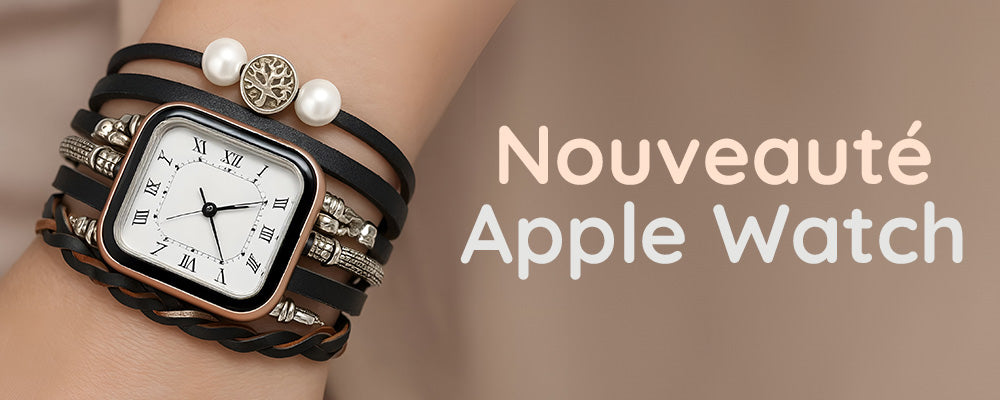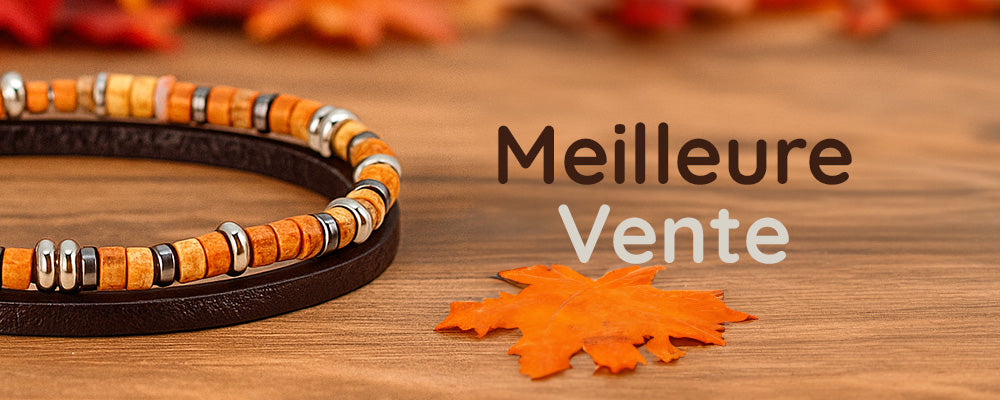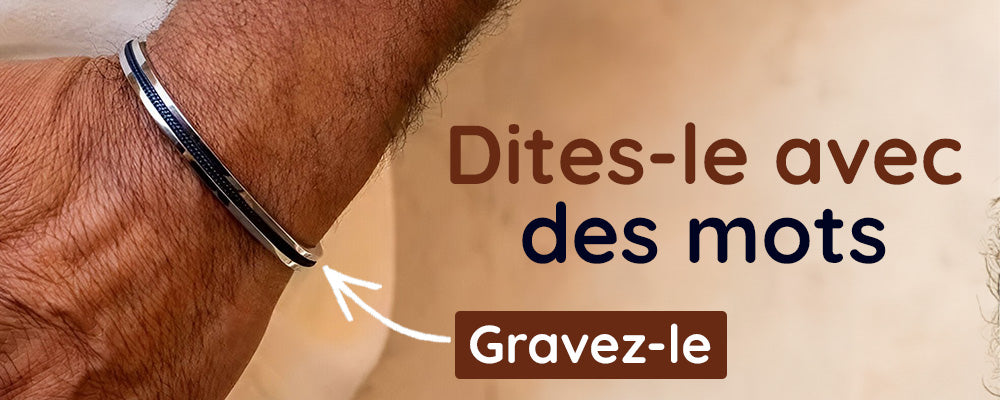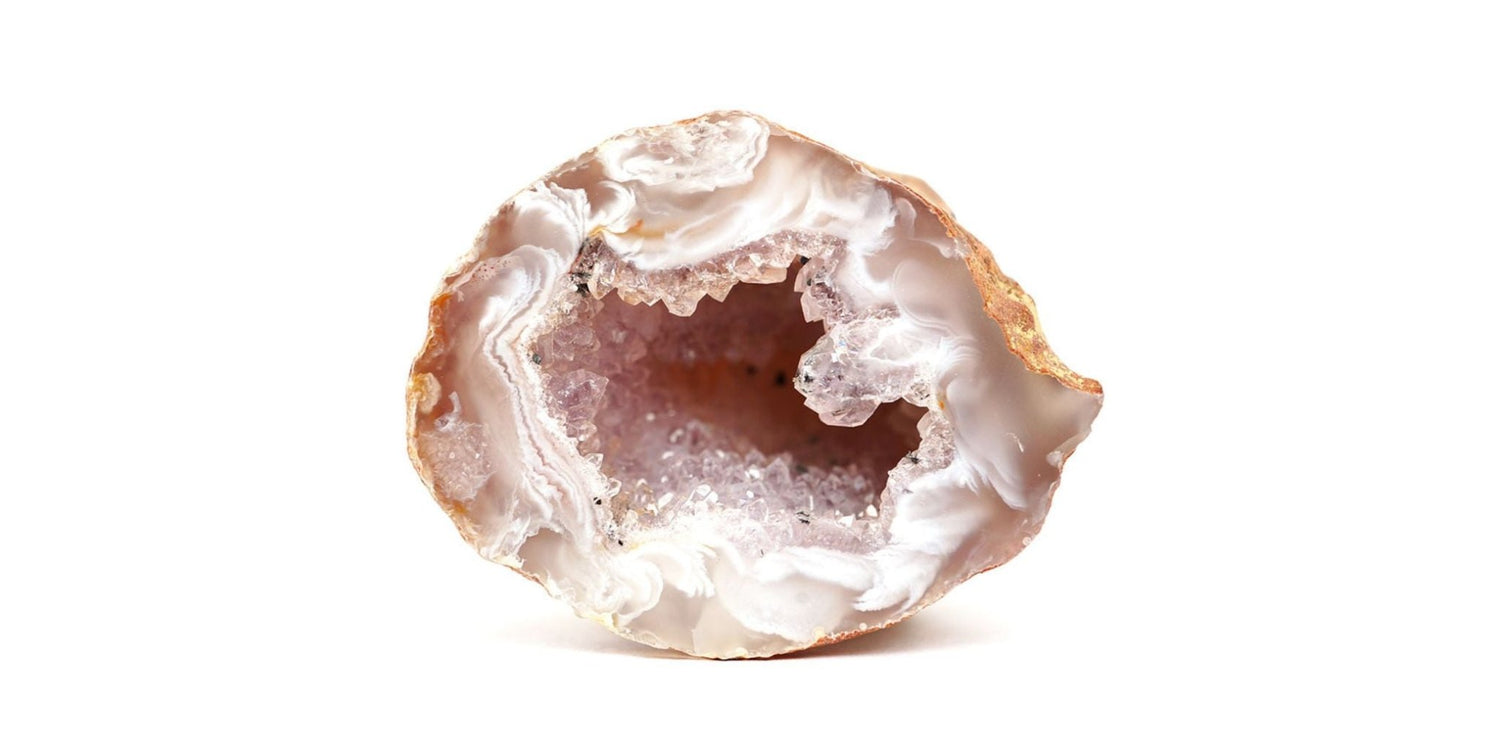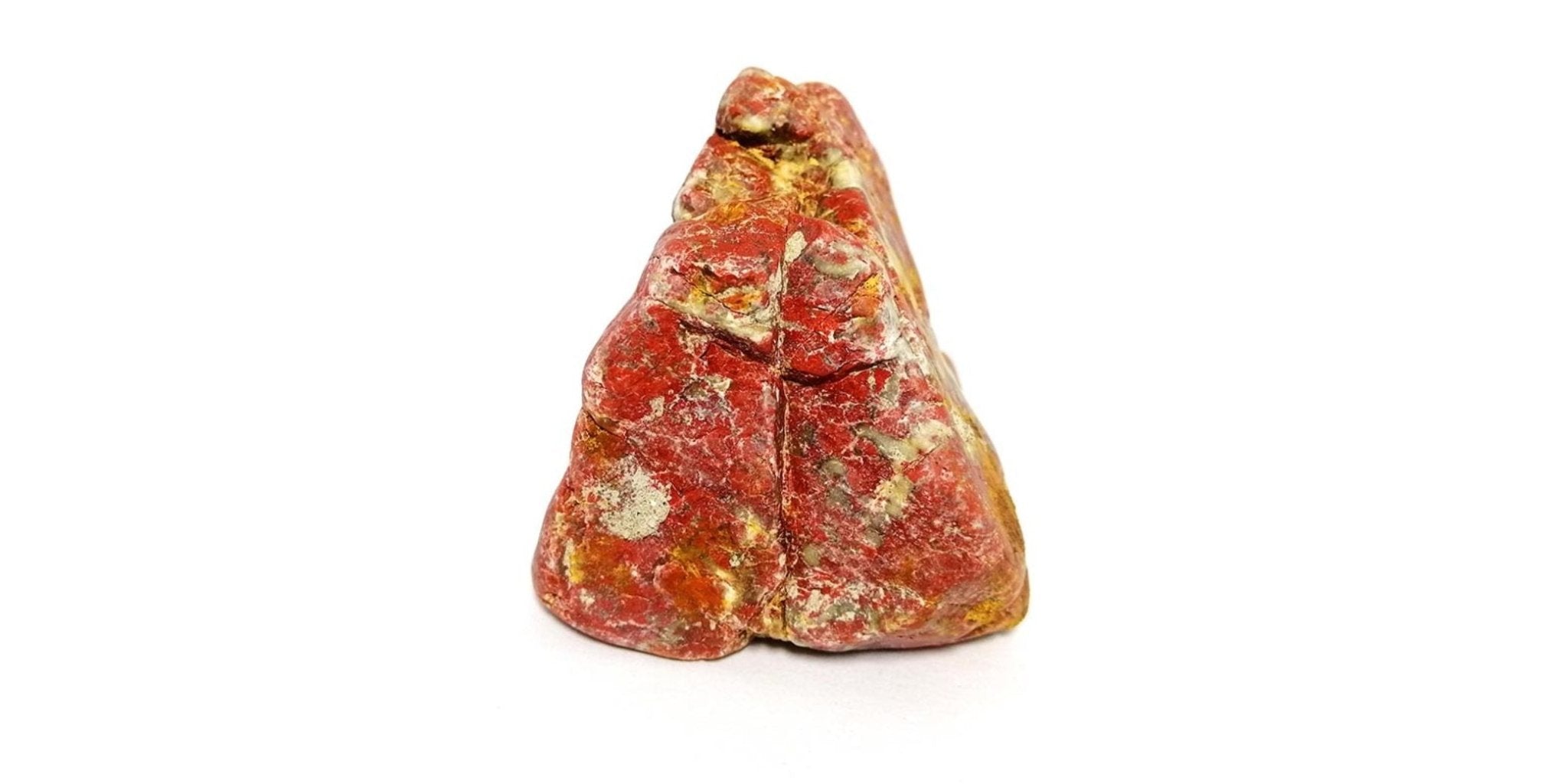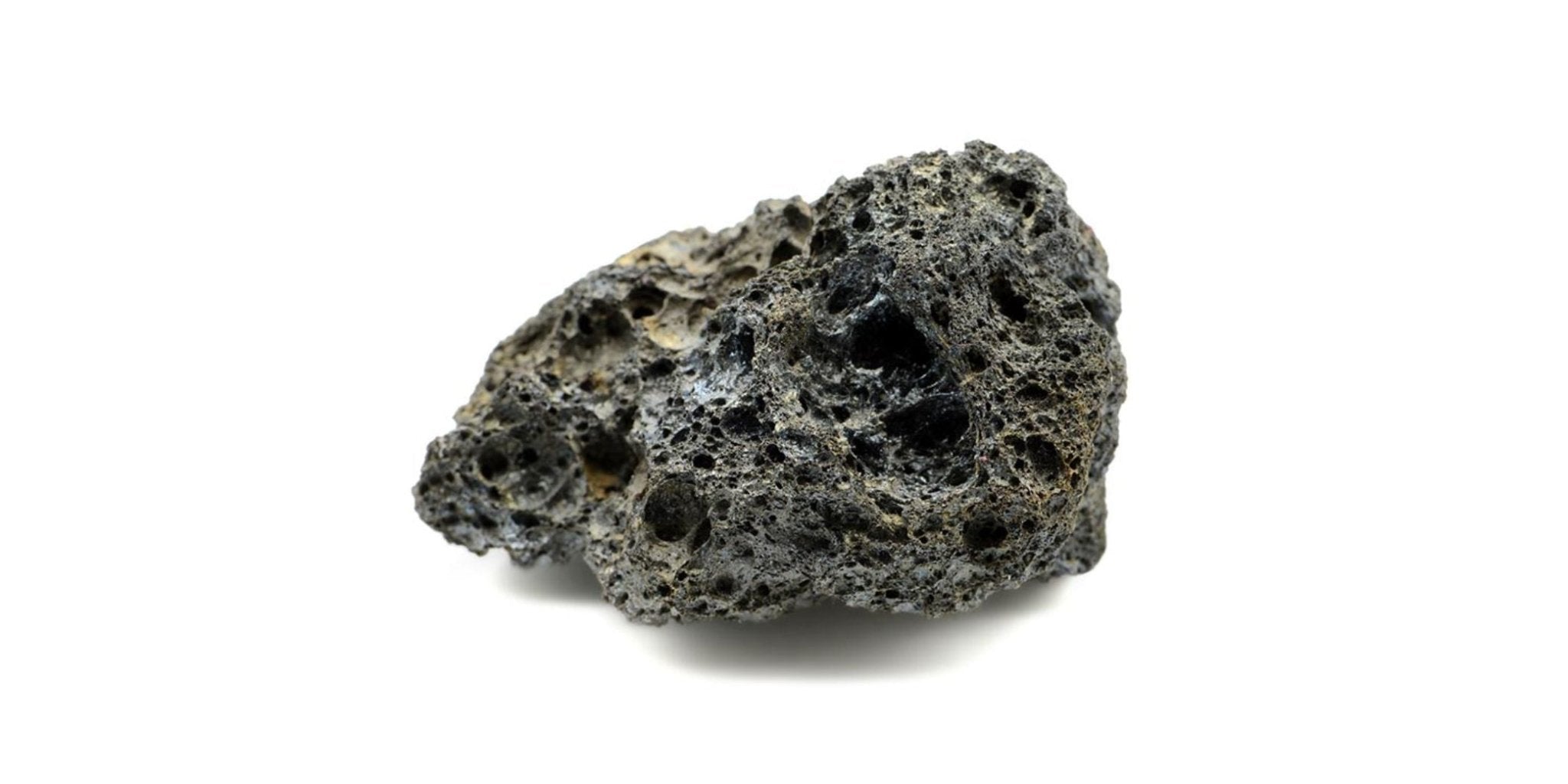Agate Stone Identity Sheet
- Name Origin: The name "agate" comes from the Greek "achates," the name of a river in Sicily where this stone was found in abundance in ancient times.
- Group: Agate belongs to the microcrystalline quartz group.
- Chemical Composition: The chemical composition of agate is primarily SiO₂ (silicon dioxide).
- Crystal System: Agate has a rhombohedral (trigonal) crystal system.
- Hardness: Agate has a hardness ranging from 6.5 to 7 on the Mohs scale.
- Deposit(s): The main agate deposits are found in Brazil, Uruguay, India, Madagascar, Mexico, and the United States.
- Color(s): Agate comes in a wide range of colors, including blue, red, green, yellow, white, gray, and black, often featuring banded patterns.
- Chakras: The different colors of agate can be associated with different chakras: blue agate with the throat chakra, red agate with the root chakra, and green agate with the heart chakra.
Where does the name Agate come from?
The Achates River
The name "agate" has its roots in ancient Greece, deriving from the word "achates." This term refers to a river in Sicily, now known as the Dirillo. In this region, the ancient Greeks discovered abundant deposits of this precious stone. The Achates River thus played a crucial role in giving agate its name. The ancients extracted this stone from the river, and its geographical association became so strong that the name endured. This connection shows how geography influenced the naming of minerals.
Use and Symbolism in Antiquity
Agate has a long history of use and symbolism. Early civilizations, such as the Sumerians, used agate to create cylinder seals, jewelry, and amulets, believing in its protective properties. The Egyptians, Greeks, and Romans also incorporated agate into their cultures, using this stone for decorative and ritual objects. The Romans, in particular, excelled at carving agate cameos and intaglios, objects symbolizing power and social status. In India, agate was used in Ayurvedic practices to balance energies and bring inner peace.
Etymological Evolution and Cultural Diffusion
The term "agate" has evolved over time, reflecting the linguistic and cultural influences of different civilizations. The Greek word "achates" became "agata" in Latin, before turning into "agate" in modern languages such as English and French. This linguistic evolution demonstrates the spread and adaptation of the stone through the ages and across cultures. The Romans helped popularize agate, and its use extended to regions such as ancient China, where it was also highly prized. The legends and beliefs surrounding agate traveled with it, perpetuating its legacy through the centuries.
What is the history of the Agate stone?
The Origins of Agate
The history of agate dates back several thousand years. Its name comes from the Achates River in Sicily (now called Dirillo), where the ancient Greeks discovered this precious stone. The earliest evidence of agate use goes back to the Sumerian civilization, around 3000 BCE. The Sumerians used this stone to create cylinder seals, amulets, and jewelry. Agate was valued not only for its beauty, but also for its supposed protective and healing properties.
Use and Symbolism Across Civilizations
The ancient Egyptians also used agate, incorporating it into various adornments and religious rituals. They believed this stone had the power to protect its wearer from danger and illness. The Greeks and Romans continued this tradition, using agate in jewelry, cameos, and intaglios. The Romans, in particular, excelled in engraving agate, creating detailed and intricate works of art. They believed agate could make a person invincible and protected from harm. In India, agate was used in Ayurvedic practices to balance the body's energies and bring a sense of calm and inner peace.
The Spread of Agate Around the World
Over time, the use of agate spread beyond the Mediterranean basin. It became popular in various cultures around the world. In ancient China, agate was highly prized for its beauty and protective qualities. The Chinese used this stone to create works of art and ornaments. In medieval Europe, agate was often used to make pieces of armor, knife handles, and religious objects. Explorers and traders played a crucial role in the spread of agate, transporting it from one continent to another and contributing to its worldwide popularity.
Agate in Modern Times
Today, agate remains a highly sought-after gemstone. It is used in the creation of jewelry, decorative objects, and even scientific instruments. Modern cutting and polishing techniques highlight the beautiful natural patterns and colors of agate. Collectors and mineral enthusiasts especially value agate specimens for their diversity and unique beauty. Agate is also popular in the field of crystal healing, where it is used for its supposed balancing and healing properties.
What is the origin and composition of the Agate stone?
Origin of the Agate Stone
Historical Origin
The name "agate" comes from the Greek word "achates," referring to a river in Sicily, now called Dirillo. Discovered as early as 3000 BCE, agate was used by the Sumerians to make seals, amulets, and jewelry. The Egyptians, Greeks, and Romans also adopted it, appreciating its decorative and protective properties.
Spread Across Civilizations
Agate traveled from Sicily to Egypt, then to Greece and Rome. The Romans perfected the art of engraving on agate, creating cameos and intaglios. Its popularity later spread to China and medieval Europe, where it adorned armor and religious objects.
Formation and Deposits
Formation Process
Agate forms in volcanic and metamorphic rocks through the precipitation of silica-rich solutions in rock cavities. These solutions create layers of microcrystalline quartz, resulting in the characteristic banded patterns of agate.
Main Deposits
The largest producers of agate are Brazil, Uruguay, India, Madagascar, Mexico, and the United States. Each region produces unique agates influenced by local geological conditions, with variations in colors and patterns.
Chemical Composition and Properties
Chemical Composition
Agate is primarily composed of silicon dioxide (SiO₂). It may contain inclusions of other minerals such as hematite and iron, which affect its colors and patterns.
Physical Properties
With a hardness of 6.5 to 7 on the Mohs scale, agate is hard and durable. It has a conchoidal fracture and a vitreous to silky luster, making it ideal for jewelry and decorative objects.
Agate Varieties
Agate comes in several varieties, such as moss agate (with green inclusions) and fire agate (with colorful iridescence). Each offers unique visual characteristics, increasing its popularity among collectors and mineral enthusiasts.
What are the benefits of Agate stone (physical and psychological)?
Physical Benefits of Agate Stone
Strengthening the Immune System
Agate is renowned for its beneficial effects on the immune system. It is believed to strengthen the body's natural defenses, helping to prevent illness and speed up recovery. Lithotherapy practitioners often use agate to stimulate and balance bodily functions, promoting overall health and well-being.
Pain Relief
Agate is also known for its analgesic properties. It can be used to relieve various types of physical pain, including headaches, muscle aches, and joint problems. Massaging with agate stones or wearing agate jewelry may help reduce pain and provide relief.
Improved Digestion
Agate is associated with stimulating the digestive system. It may help alleviate digestive issues such as bloating, cramps, and indigestion. By wearing agate or placing it on the abdomen, you may experience improved digestion and relief from discomfort related to digestion.
The Psychic Virtues of Agate Stone
Emotional Balance
One of the main psychic virtues of agate is its ability to bring emotional balance. It helps stabilize emotions and promote peace of mind. People prone to stress, anxiety, or mood swings may find agate to be a valuable ally in regaining a state of calm and serenity. The stone acts as an anchor, helping you feel more centered and in control of your emotions.
Boosting Self-Confidence
Agate is also known for strengthening self-confidence and inner strength. It helps overcome fears and doubts, and encourages confident decision-making. By wearing agate or meditating with this stone, you can develop greater self-esteem and more confidence in your daily actions.
Improving Concentration
Agate helps improve concentration and mental clarity. It is especially useful for students and professionals who need to focus on complex and demanding tasks. By promoting clear and logical thinking, agate helps you better organize your ideas and stay focused on your goals. Those who struggle with distractions or attention disorders can benefit from the stabilizing influence of this stone.
Using Agate in Daily Life
Jewelry and Accessories
Wearing agate jewelry, such as bracelets, necklaces, or rings, is a popular way to benefit from the virtues of this stone. Jewelry allows you to keep agate in direct contact with your body, maximizing its beneficial effects.
Meditation and Relaxation
Agate is often used in meditation to enhance the effects of this practice. Holding an agate stone during meditation helps you refocus and deepen the experience. The stone can also be placed on the chakras to help harmonize the body's energies.
Interior Decoration
Agate is also used as an interior decoration element to enjoy its benefits. Geodes, agate slices, or decorative agate objects can be placed in the home or office to create a soothing and balanced atmosphere.
How should you care for your agate stone jewelry?
How to Care for Your Agate Stone Jewelry
Regular Cleaning
To preserve the beauty and properties of your agate jewelry, regular cleaning is essential. Use lukewarm water and a mild soap to remove dirt and accumulated oils. Avoid harsh chemicals that could damage the surface of the stone. After washing, rinse your jewelry thoroughly with clean water and dry it with a soft, lint-free cloth.
Avoid Prolonged Sun Exposure
Prolonged exposure to sunlight can alter the color of agate. To prevent this, keep your jewelry out of direct sunlight when not in use. Store it in a cool, dark place, preferably in a fabric-lined jewelry box or a velvet pouch.
Proper Storage
To prevent scratches and other damage, store your agate jewelry separately from other pieces. Use individual compartments in a jewelry box or wrap each piece in a soft cloth. This will prevent the stones from rubbing against each other or against hard metals.
Precautions to Take
Avoid Chemicals
The chemicals found in perfumes, hair sprays, and cleaning products can damage agate. It is therefore recommended to remove your agate jewelry before using these products. Apply beauty products before putting on your jewelry to minimize exposure to potentially harmful substances.
Physical and Household Activities
To protect your agate jewelry, remove it before exercising, swimming, or doing household chores. Shocks and friction can cause cracks or chips in the stone. In addition, chlorinated pool water can dull the shine of agate.
Recharging and Cleansing Agate
Recharging by Moonlight
To maintain the energetic properties of agate, it is beneficial to recharge it regularly. Moonlight is ideal for this. Place your agate jewelry on a windowsill during a full moon night to recharge it. The gentle moonlight will revitalize the stone without risk of discoloration.
Cleansing with Water or Earth
To cleanse agate of accumulated negative energies, you can rinse it under running water for a few minutes or bury it in the earth for several hours. Be sure to rinse and dry your jewelry thoroughly after water purification.
Discover Our Agate Stone Bracelet Collections
To further explore the beauty and benefits of agate, discover our exclusive collection of bracelets for women and men. We offer a variety of styles and designs to suit every taste.
Our bracelets are crafted with care and attention to ensure the highest quality and elegance. Whether for yourself or as a gift, our agate bracelets are the perfect choice to combine style and well-being.


